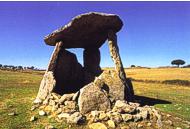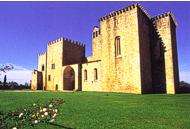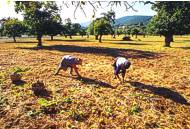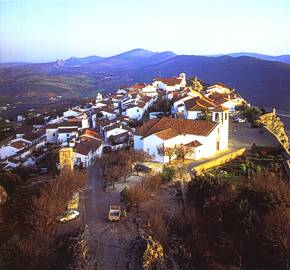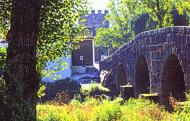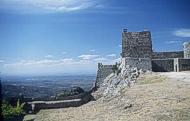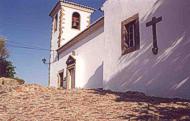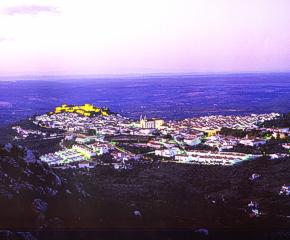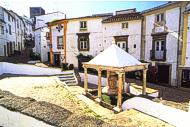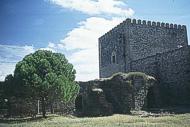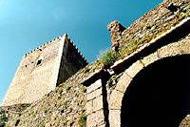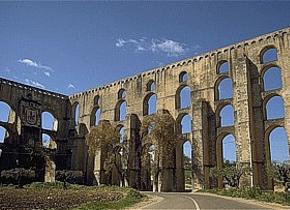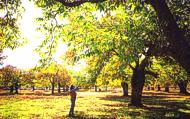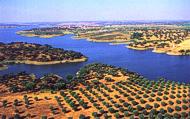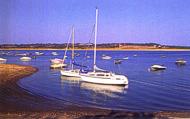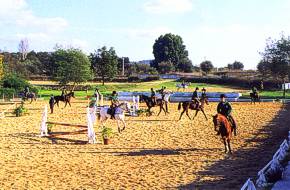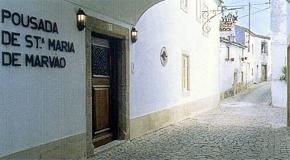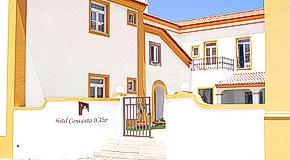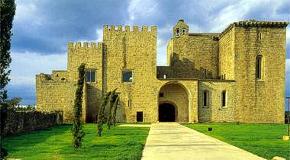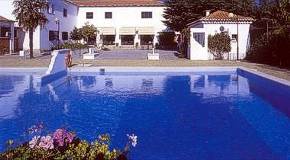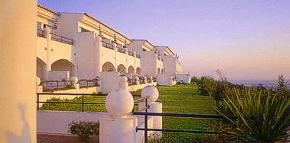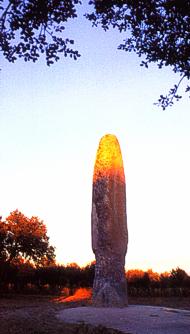|
Since prehistoric times this corner of the Portugal has been sought
by mankind. Over half a hundred dolmens and menhirs - of which that
Meada (Castelo de Vide), is the biggest of the Iberian Peninsula - bear
witness to the exuberance of the megalithic culture. The Romans were
to surprise the natives in their fortifications. They dislodged them
and built on the best lands of the valley and plains the birthplace
of our civilisation. History began with them. The Roman town of Ammaia
(Marvão) and the Roman villa of Torre de Palma (Monforte), with
their beautiful mosaics retell a little of the splendours of the Empire.
Following the Barbarians, the Moors left their indelible imprint on
the language, the agriculture, the military architecture (Elvas, Marvão)
that the Christians from the North were able to assimilate and transform
into anchors of Portuguese nationality. The castles and town walls of
the Northern Alentejo - which form the country's most important group
of fortifications - as well as the headquarters of the powerful military
religious orders (Crato, Avis) constitute the eternal documentation
of those disturbed times of the fight for independence. They now form
a countless nucleus of historic centres unmatched in Portugal: Marvão
- World Heritage candidate - Castelo de Vide, Portalegre, Crato, Alter
do Chão, Campo Maior, Elvas. Touches of Manueline, Renaissance
and Baroque erudition's were added ti their vernacular purity, in places,
churches and convents, permitted by the centuries of the Discoveries.
|


